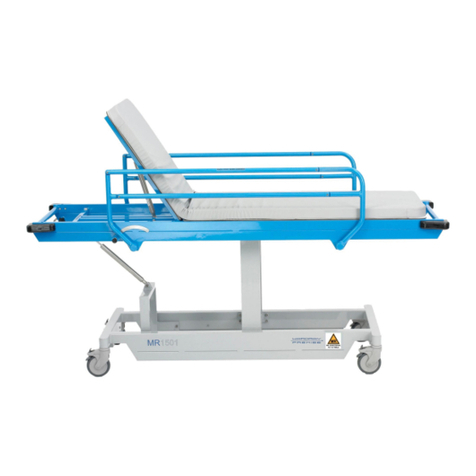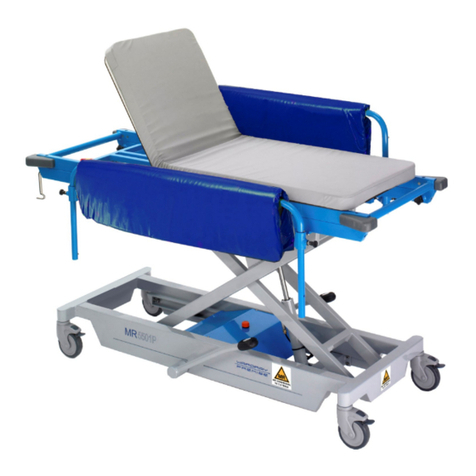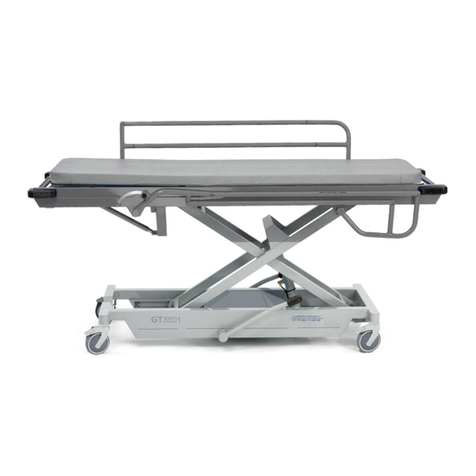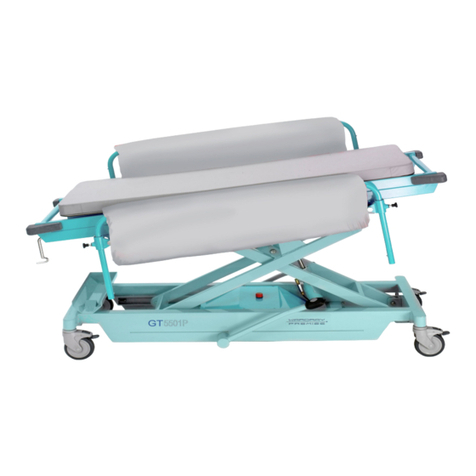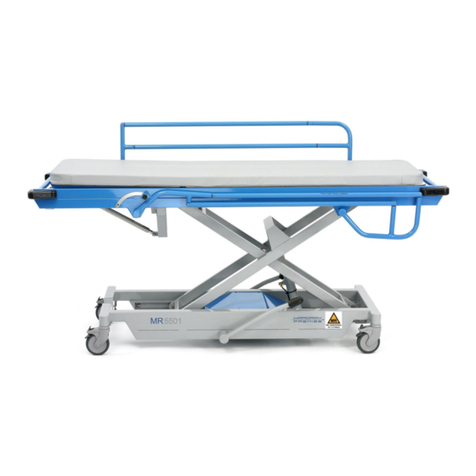
2
Introduction
Thank you for purchasing this MR Conditional product. Manufactured and tested to the highest
standards it is guaranteed MR Conditional to 7.0T.
Our products are manufactured by Wardray Premise Ltd to BS EN ISO 13485:2016 and are CE
marked.
Manufacturing address:
Wardray Premise Limited, Northern Regional Office, Unit 2,
Springvale Works, Elland Road,
Brighouse, West Yorkshire, HD6 2RN, UK
To ensure that you obtain maximum benefit from your product, please take a few minutes to read
the enclosed information regarding operation, service and maintenance.
If you have any problems in the meantime or would like any advice about this or any other MR
products from the Wardray Premise range, please contact us at our Head Office:
Wardray Premise Limited, Hampton Court Estate, Summer Road
Thames Ditton, Surrey, KT7 0SP, UK
Tel: +44 (0) 20 8398 9911
Fax: +44 (0) 20 8398 8032
E-mail: sales@wardray-premise.com
Kindly note:
If you modify a Wardray Premise product you will invalidate your warranty.
Unless you have our express written permission to modify a product, we transfer all liabilities for
modified products to you.
EU Authorised Representative:
Advena Ltd
Tower Business Centre
2nd Floor, Tower Street
Swatar
BKR 4013
Malta






